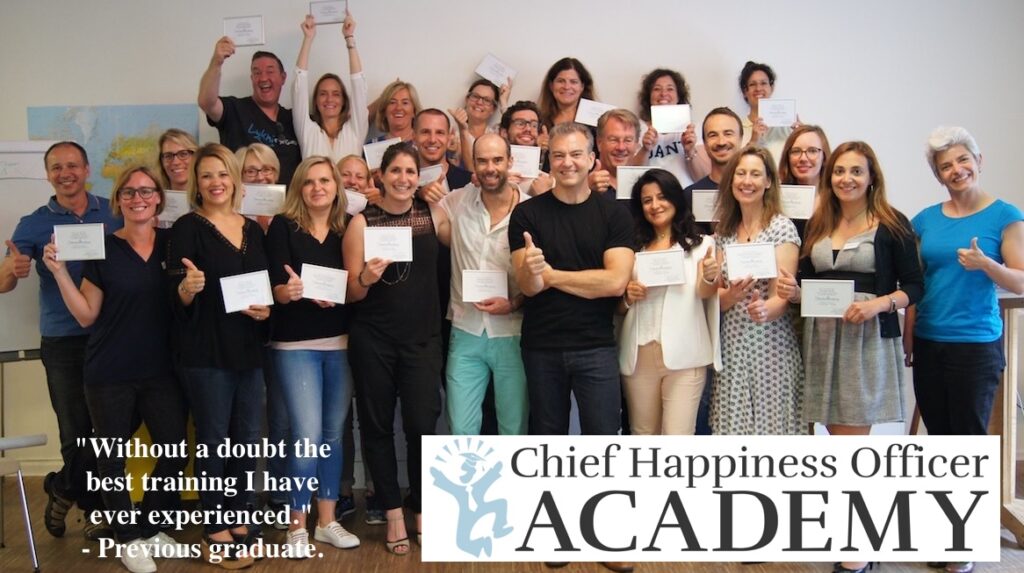Inspired by a question on the OSlist (the Open Space mailing list), I wrote the following observations on the law of two feet. The law of two feet states, that in Open Space meetings, any time you feel that you’re not learning and not contributing, you can use your two feet to go somewhere else.
This of course stands in startk contrast to many other kinds of gatherings, where it is considered impolite, counter-productive or rude to leave in the middle of a session.
The question was:
The Law of Two Feet gives you the chance to “step out” of those situations, which seem to be awkward and problematic but if you are brave enough and stay there, maybe you can solve your problems. Isn’t it dangerous to step out of each situation which we find at first sight uncomfortable or boring. Maybe it is just the temptation to escape and avoid something.
I’ve struggled with exactly this dilemma. If people leave at the first sign of trouble, will they grow and learn? The funny thing is, that stating the law of two feet does NOT induce people to just up and go at the first hint of conflict. Paradoxically, people are probably more likely to stay, and definitely more open and constructive when they know that it is OK to leave – even if they don’t use that option. Being in a difficult situation is made infinitely worse, if you know that you can’t get out of it.
Also, stating that people are free to leave, is no more than stating a fact. OS participants can get up and go any time they choose – I mean nobody’s tied them to their chairs. In fact this is true of any kind of meeting. There is nothing holding you in your chair, other than your own decision to not get up and leave. So acknowledging the fact that you’re free to go brings us a little closer to how things are, brings us more in tune with reality, than saying “You have to stay for the entire session”.
This is one of those paradoxical situations, where you actually achieve the opposite of what you might think, ie. where reminding people of their freedom to leave, probably makes it more likely that they stay :o)

